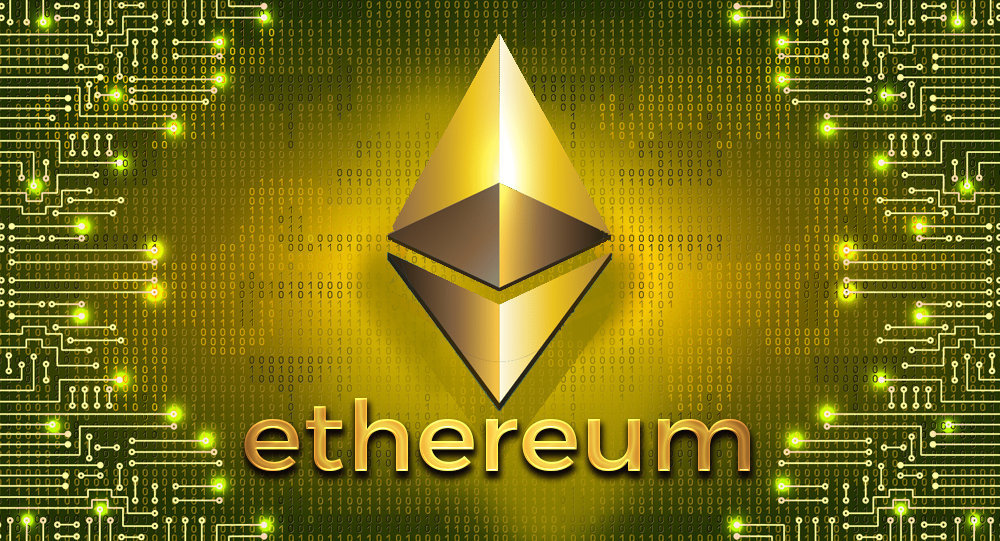The contract deposits for ETH spike to 80% of the needed ETH to launch the upgrade by December 1st according to data by Etherscan. Ethereum 2.0 seems to be confirmed as the contract deposits increase but let’s read more in today’s Ethereum news.
There have to be 524,000 ETH in the contract for the upgrade to take place on the planned launch date. The whales and the number of small investors deposited a huge amount of funds in the contracts as they are looking to support the upgrade and to make ETH by locking the funds into the contract. What will happen if this threshold is not reached by the deadline? According to the developers, the threshold can be adjusted and make sure that there’s no ETH locked in the contract forever as one developer said:
“I personally think that for initial launch, the 100k+ ETH in the contract is sufficient, and that adjusting the threshold down to not leave that ETH in limbo for too long makes sense.”
Danny Ryan, Ethereum Foundation researcher said to Paragidm about the update:
“If you haven’t had a chance to read my recent blog post, The State of Eth2, I highly recommend it. I try to give context on the project, discuss the trade-offs, the timelines, and the benefits over time. Specifically, check out the “Benefits of eth2 to the community over time” section. In short, Phase 0 bootstraps the system, Phase 1 provides a highly scalable data-layer that, through the use of eth2 light clients in Ethereum, can be leveraged by layer 2 constructions for scalability, Phase 1.5 is the unification of the Ethereum chain that we know and love as a shard under the upgraded eth2 consensus, and Phase 2+ is expanding the functionality of shards over time.”
We reached it! 🚀
Thanks to all the Eth2 teams and the community that wrote the history. And thanks to the Ethereum critics who made us stronger.
Don't forget to update your Eth2 client in a couple days. Watch @ethStaker discord to follow the news and happy staking! pic.twitter.com/AAjg9dSq8L
— Hsiao-Wei Wang (@icebearhww) November 24, 2020
Ethereum 2.0 will integrate a new technology called sharding which will split up the process of transactions among different groups of nodes in order to increase transaction throughput:
“Both of these mechanisms are designed to enhance the system while retaining strong properties of decentralization. You can easily scale up a block chain through simpler mechanisms than sharding, but these mechanisms tend to reduce the ability for users to follow and participate in consensus with consumer hardware. Proof of Stake and Sharding, though, allow for a wide set of participants to contribute to the construction of a highly scalable protocol even with standard consumer hardware.”
DC Forecasts is a leader in many crypto news categories, striving for the highest journalistic standards and abiding by a strict set of editorial policies. If you are interested to offer your expertise or contribute to our news website, feel free to contact us at [email protected]
























Discussion about this post